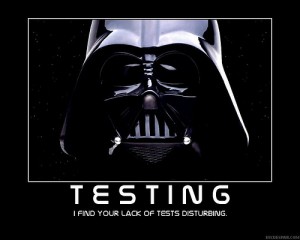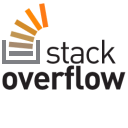Unit vs. Acceptance Testing (Part 1)

As a recent convert to Test Driven Development (or TDD as his friends call him), I was surprised to hear that there were in fact 2 kinds of developer driven testing. The standard one that everyone knows of is unit testing: writing little testXXX methods that test a single publicly exposed method. But the lesser known – but just as important – are acceptance tests: tests which verify that a group of classes working together properly fulfill some functionality.
So this first post will take a closer look at the first type of testing, unit tests, and will go into the value it provides to you as a developer.








